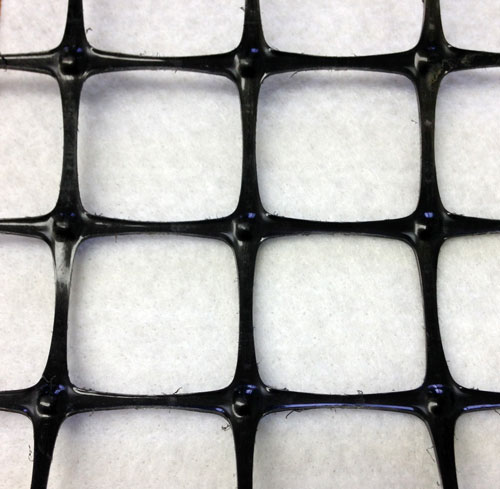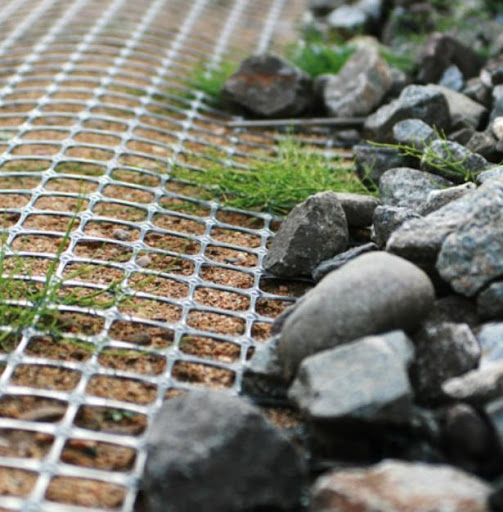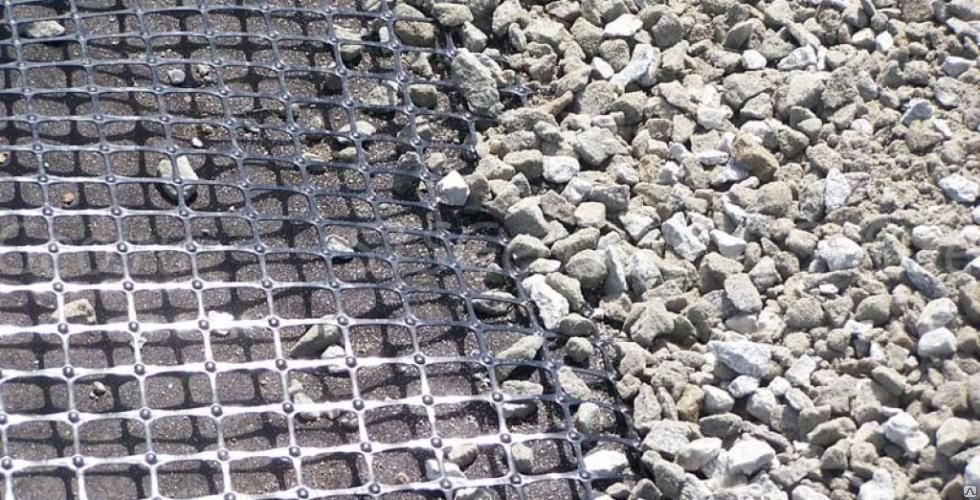


Biaxial Geogrid
Description
Biaxial geogrid is a flat polymer material with a mesh structure made from polypropylene through extrusion and subsequent orientation in two directions: longitudinal and transverse. It is designed to increase soil load-bearing capacity, separate structural layers, and enhance the strength of construction. Resistant to aggressive environments and with a long service life, biaxial geogrids are widely used in road construction and engineering projects.
Properties and Benefits
Increased Load-Bearing Capacity
Reinforces structural foundations on weak soils.
Layer Separation
Prevents mixing of structural layers, improving stability.
Material Savings
Reduces the use of gravel or other fillers.
Cost Reduction
Lowers construction and maintenance costs.
Even Load Distribution
Prevents rutting on road surfaces.
Chemical Resistance
Resistant to aggressive alkaline and acidic environments.
Strength
Interlocking of gravel particles in the grid improves structural durability.
Applications
Road Construction
- Strengthening foundations of roads and railways.
- Reducing deformation and extending maintenance intervals.
Construction on Weak Soils
- Optimizing work on weak and heterogeneous soils.
- Minimizing soil replacement, saving time and resources.
Layer Separation
- Prevents material mixing in layered constructions.
Engineering Structures
- Strengthening foundations of bridges, embankments, slopes, and other structures.
Material Savings
- Reduces the volume of natural fillers like gravel or crushed stone.
